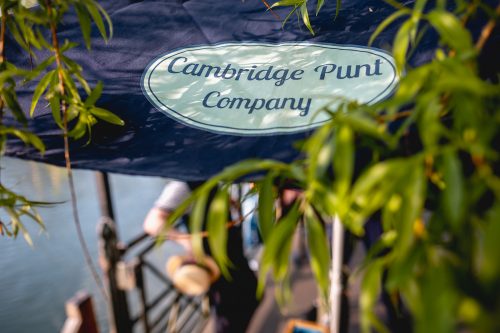Origins in Secrecy
The first known records of Cambridge night climbing date back to 1899, in an anonymously written book titled The Roof-Climber’s Guide to Trinity. It described in detail the various routes up and around Trinity College’s architecture. As the years went on, successive generations of climbers added to this secretive lore, publishing new guides and route descriptions. These underground publications were hidden from the University authorities, as being caught could lead to disciplinary action or even expulsion.
Although these early guides are rare, some can still be found in the University Library. The most famous among them, The Night Climbers of Cambridge, was published in 1937 by Noel Howard Symington, who wrote under the pseudonym “Whipplesnaith” to protect his identity.
The Night Climbers of Cambridge: A Cult Classic
Symington’s book became a cult classic among Cambridge students, secretly passed from one climber to another between the 1930s and 1950s. It provided detailed instructions on how to scale college buildings, with particular attention paid to the utility of drainpipes and narrow ledges. Far from a simple guidebook, The Night Climbers of Cambridge also captured the spirit of the activity — a mix of rebellion, athleticism, and architectural appreciation.
The book was republished in 2007 to mark its 70th anniversary, cementing its legacy as one of the most iconic underground texts in Cambridge history.
The Climbing Tradition
Night climbing, despite its unofficial status, has formed a longstanding tradition at the university. Participants typically join the ranks either through friends already involved or through accidental rooftop encounters — a surprisingly common occurrence in the nocturnal world above the city’s skyline. While it’s not a formal society, the night climbers are bound by a shared sense of adventure, secrecy, and reverence for the sport.
Some members from the earlier generations went on to become accomplished mountaineers, engineers, and even politicians. The discipline, nerve, and ingenuity honed on the rooftops of Cambridge evidently served them well in later life.
Notable Feats and Calling Cards
Perhaps the most iconic climbing challenge in Cambridge is King’s College Chapel. Its towering spires have attracted many night climbers over the decades, and several have left behind humorous or provocative markers of their ascent.
In 1965, a banner reading “Peace in Vietnam” was unfurled from one of the pinnacles. More recently, a Ukrainian flag was hoisted in solidarity during the Russian invasion of Ukraine. Santa hats, traffic cones, and even a toilet seat have adorned the spires — part prank, part proof of the climber’s skill and daring.
The Night Climbers Today
While far less visible than in the past, Cambridge night climbing is not extinct. The modern generation of climbers remains highly secretive, but whispers of new feats continue to circulate among students and local guides. Some punting tours along the River Cam even share tales of night climbers past, turning legend into local folklore.
Despite increased security and surveillance, the spirit of the night climbers persists — a mix of tradition, rebellion, and admiration for the architectural wonders of Cambridge.


